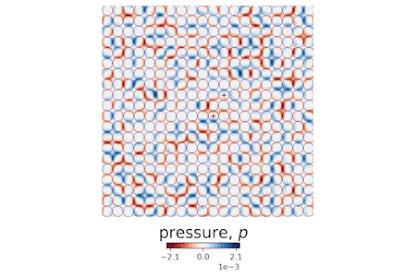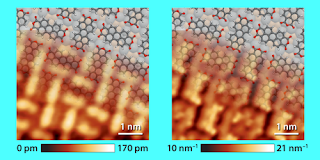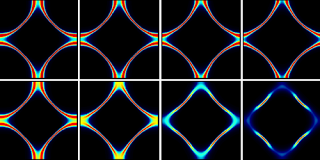Unraveling One of the Greatest Mysteries in Condensed Matter Physics
.jpg)
International Conference on Condensed Matter Physics Illinois and SLAC researchers use a new technique. One of the greatest mysteries in condensed matter physics is the exact relationship between charge order and superconductivity in cuprate superconductors. In superconductors, electrons move freely through the material—there is zero resistance when it’s cooled below its critical temperature. However, the cuprates simultaneously exhibit superconductivity and charge order in patterns of alternating stripes. This is paradoxical in that charge order describes areas of confined electrons. How can superconductivity and charge order coexist? Now researchers at the University of Illinois at Urbana-Champaign, collaborating with scientists at the SLAC National Accelerator Laboratory, have shed new light on how these disparate states can exist adjacent to one another. Illinois Physics post-doctoral researcher Matteo Mitrano, Professor Peter Abbamonte, and their team applied a new x-ray scat






